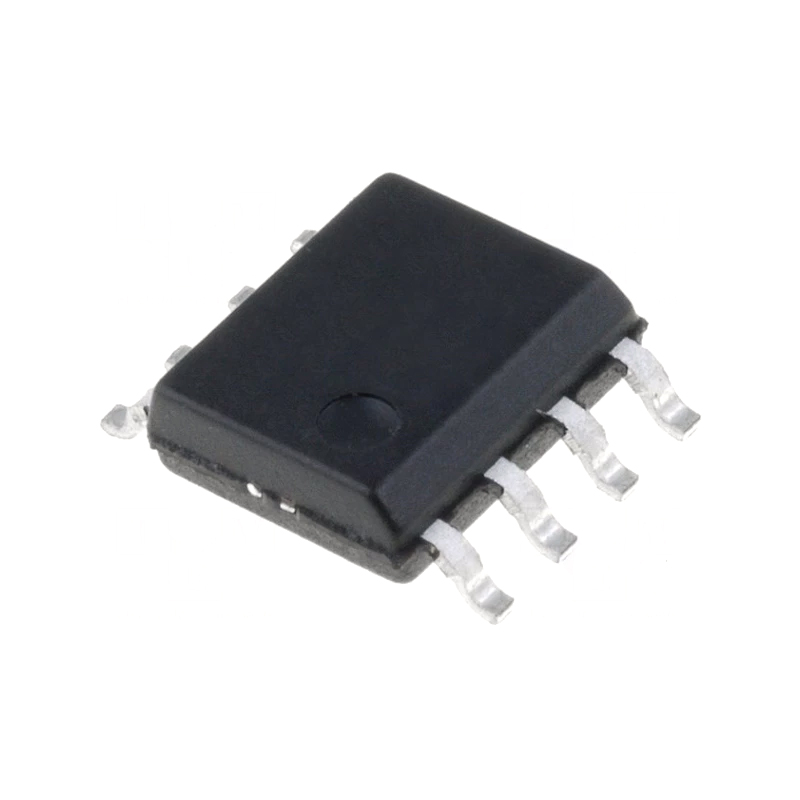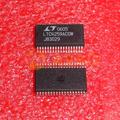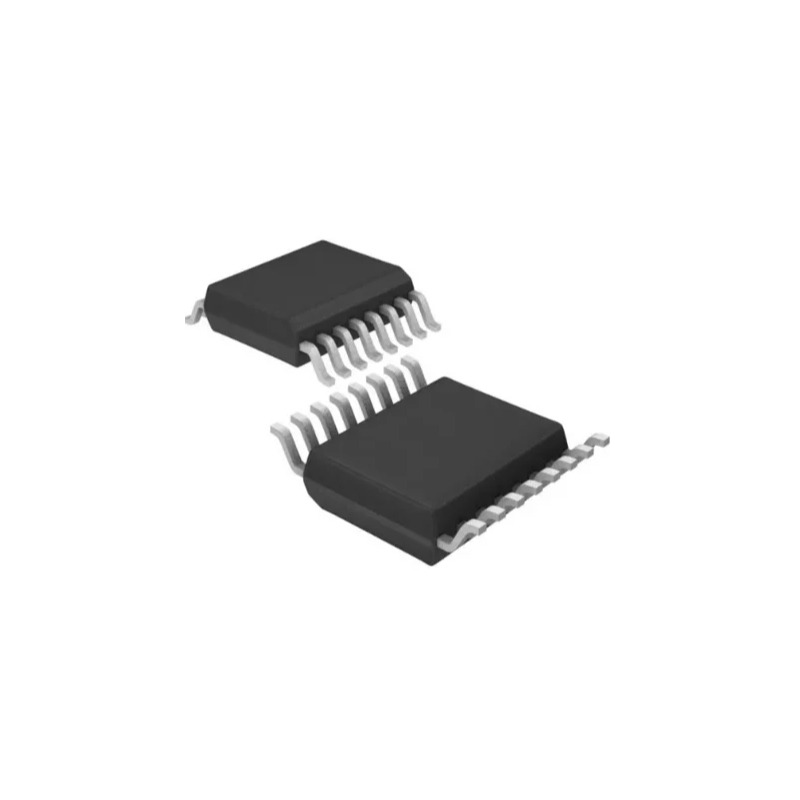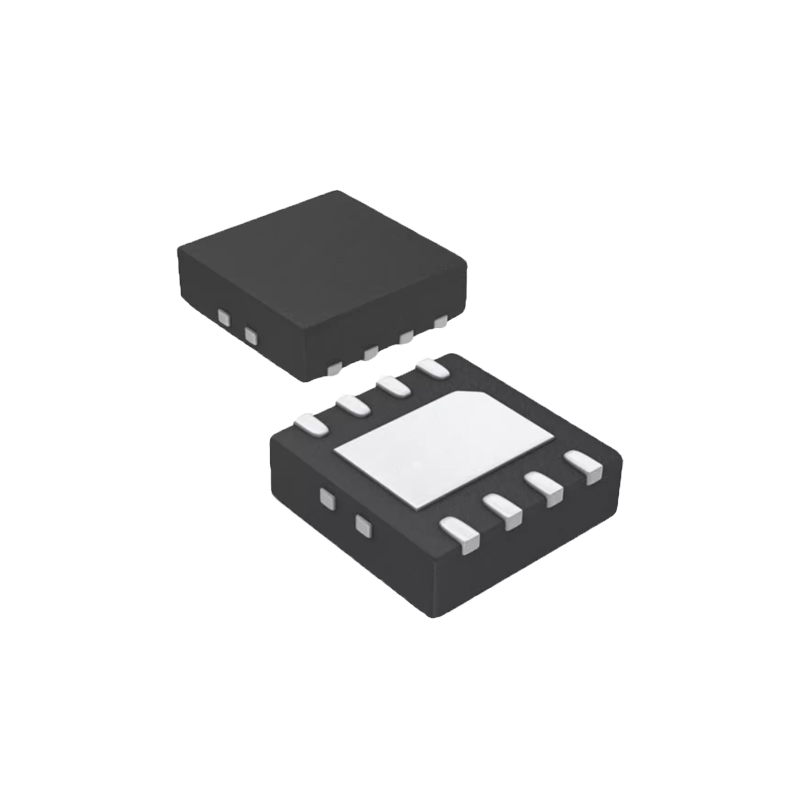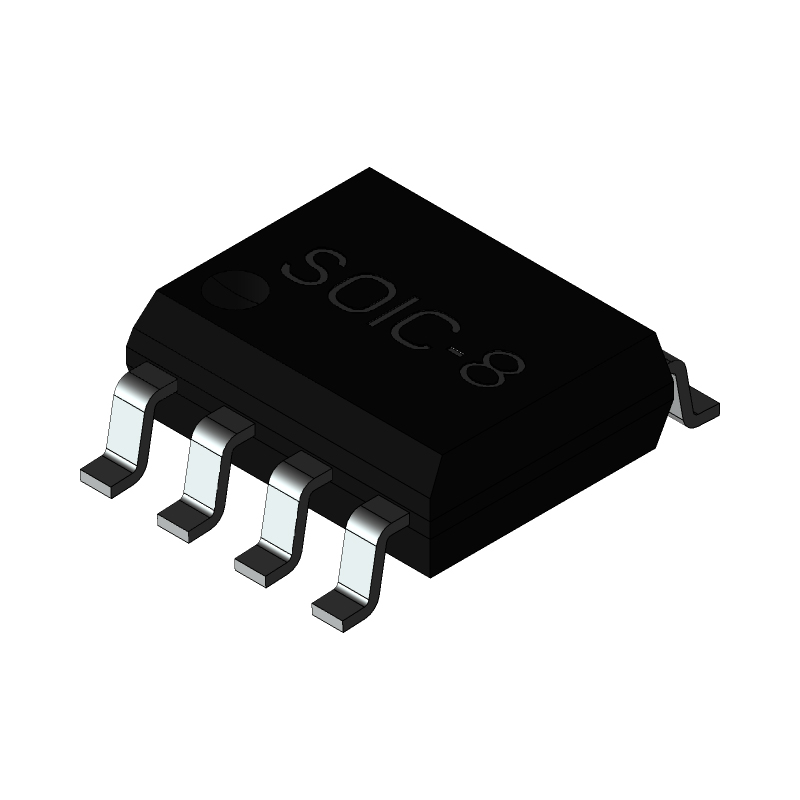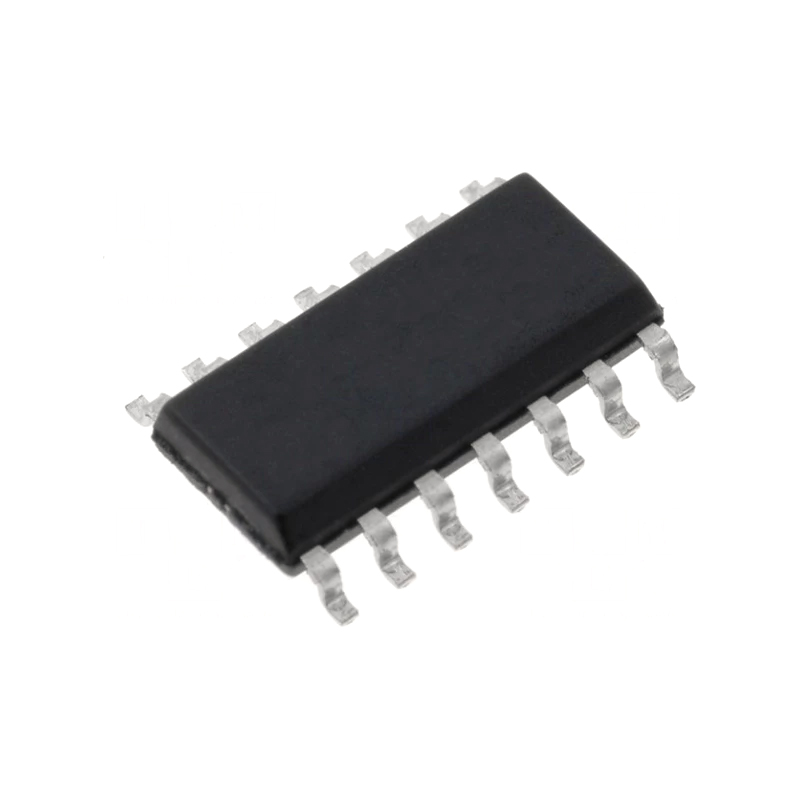Texas Instruments Programmable Logic and Automation Controller (PLC/PAC) Solutions
 Published: Apr 26, 2023
Automation & Control
Share:
Published: Apr 26, 2023
Automation & Control
Share:
Programmable logic controllers (PLCs) and programmable automation controllers (PACs) process and control implementations encompass everything from test labs and manufacturing plants to military and medical electronics and basic data acquisition. They utilize a variety of sensors and feedback mechanisms to monitor and control the local environment and system/machine interactions by collecting, storing, and analyzing data. The data obtained from the sensors consists of precision measurements and processing of ultra-low values or small changes in analog voltage/current.
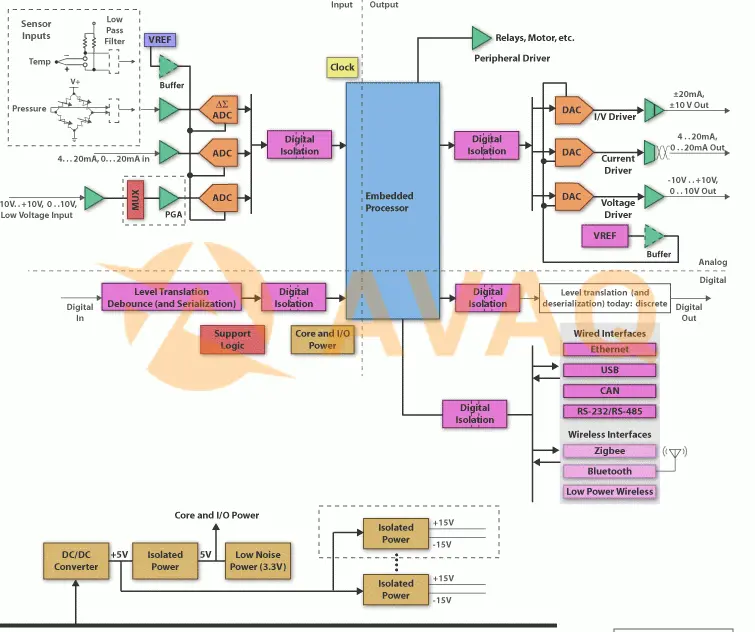
The following general requirements may apply:
Microprocessors: include general-purpose serial interfaces (such as I2C and SPI), general-purpose I/O, timers, and flash memory. TI offers a variety of solutions for controlling processors; from ultra-low-power MSP430 microprocessors to ARM™ Hercules®-based Cortex™-R4F safety MCUs and C2000 digital signal controllers (DSCs) and Sitara and Integra microprocessors. The MSP430F24X family offers low power consumption, wide supply voltage range, programmable supply voltage monitor and internal reference ADC. 32-bit digital signal controllers such as the F28235/28335 offer highly integrated and embedded flash memory (up to 512kB), ultra-fast ADCs, communication ports and PWM control ports. Hercules safety MCUs are designed to simplify development and certification of safety-critical systems. 12-bit ADCs, flexible HET co-processors and communication peripherals (e.g., USB, Ethernet and CAN that enable the MCU to be used as a safety networking controller that can also perform safety motor control) are available for Hercules MCUs.
Digital-to-analog converters: Low-power, output voltage DACs with 12 to 18-bit resolution, sample rates of 10 kSps, and build times between 50 and 100 μS are ideal. INL of 4.0 LSB is most accurate. the DAC8164/855X/856X/883X series and the latest TI DAC, the DAC9881, are suitable.
Watch video: DAC9881 video podcast
Analog-to-digital converters: SAR ADCs should have: single power supply, 250kSPS, serial interface, 12 to 16-bit resolution, INL "1 LSB. Σ-Δ ADCs should have: 16 to 24-bit resolution, built-in PGA/buffer, simple proportional measurement method, 50Hz and 60Hz rejection and low noise (high ENOB).
Isolators: The ISO72XX family includes one to four channel devices in different configurations and speed ratings, perfectly meeting the 4kV (peak), 3kV (rms) requirements for safety certification (UL1557, VDE0884). Maximum operating voltage is 560V (peak). All input voltages should be 5V tolerant.
Input Amplifiers: Bipolar power supplies, high impedance and low offset are critical for all input amplifiers. For voltage specific applications, a wide common mode should also be available, as in the INA146/148. For current use, low drift and gain of 1 is recommended, as in INA128.
Output Driver: The XTR300 is a complete output driver that meets not only the voltage supply requirements of 12V, but also the current output requirements of ±20mA. The generic driver requirements are: offset of 1mV, drift between 1 and 2µV/ºC, minimum conversion rate of 1V/µs, and gain BW of 2 MHZ. Some devices in the XTR1XX family support voltage, while others support current only. For additional voltage drivers, see the OPA2XX.
Voltage Reference: If not integrated into the converter, should be 2.5V or 5V and have low quiescent current and drift. Many REF31XX, REF32XX, and REF50XX devices meet or exceed these requirements.
Connectivity: Traditional analog (4 - 20mA) and RS-232/RS-485 interfaces have been a common choice for industrial control and sensor applications. Looking ahead, designers will integrate mainstream wired interfaces such as Ethernet, USB and CAN into their products. in addition, wireless options such as ZigBee, Bluetooth and other low-power wireless protocols are becoming increasingly popular. ti is committed to providing solutions for both traditional and emerging industrial interfaces. For example, TI recently introduced the world's first isolated CAN transceiver ISO1050.
Power: DC/DC controllers such as the TPS40210 use external power MOSFETs to maximize design flexibility. LDOs such as the TL317 are simple, inexpensive power regulation, while DC/DC converters with integrated power MOSFETs such as the TPS5410 provide highly integrated buck regulation. To enable the fastest time to market, consider using the DCH0105XXX series as a plug-in module.
Recommend Products
Related Solutions
-
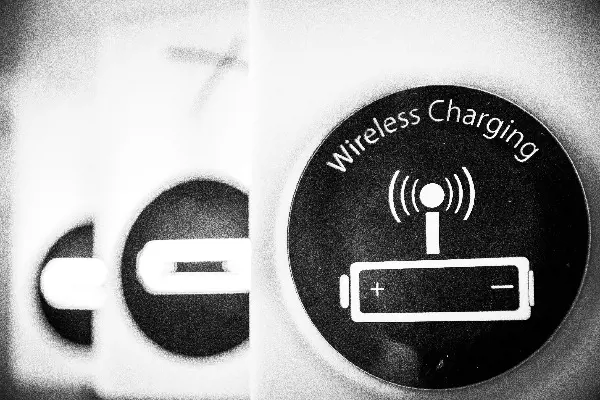
NXP Introduces High-Power Wireless Charg...
NXP Semiconductors announced the first high-power wireless charging solution for notebooks and 2-in-...
Apr 28, 2023 Consumer Electronics -

Multifunctional Street Light Automatic C...
The street light automatic controller is suitable for the automatic control of street lights in resi...
Apr 26, 2023 Consumer Electronics -

How Can IoT Solution Providers Build a S...
The Internet of Things (IoT) has been attracting a lot of attention in the industry for its security...
Apr 25, 2023 Consumer Electronics -
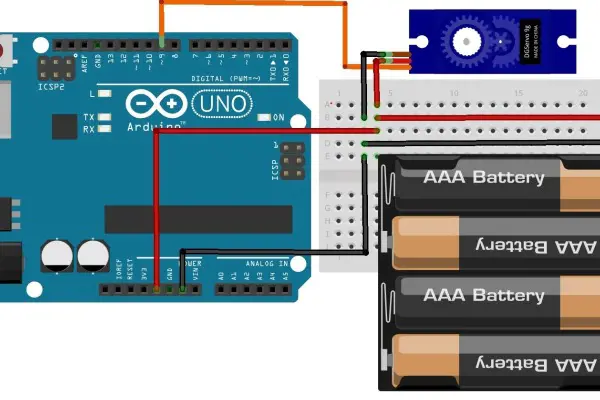
ADI Proposes a Solution for Servo Motor ...
For motor control solutions, ADI offers a comprehensive portfolio of products, including analog-to-d...
Apr 25, 2023 Consumer Electronics -

IoT Transforms and Adds Value to Consume...
The Internet of Things (IoT) is taking consumer electronics to another level and could lead to the n...
Apr 26, 2023 Consumer Electronics -
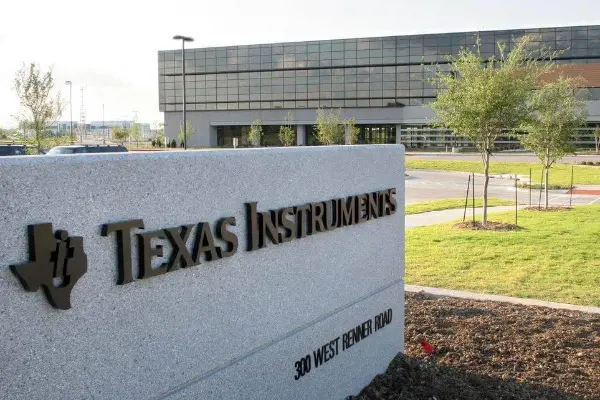
Texas Instruments Programmable Logic and...
Programmable logic controllers (PLCs) and programmable automation controllers (PACs) process and con...
Apr 26, 2023 Consumer Electronics

 Update Time: Apr 26, 2023 Consumer Electronics
Update Time: Apr 26, 2023 Consumer Electronics